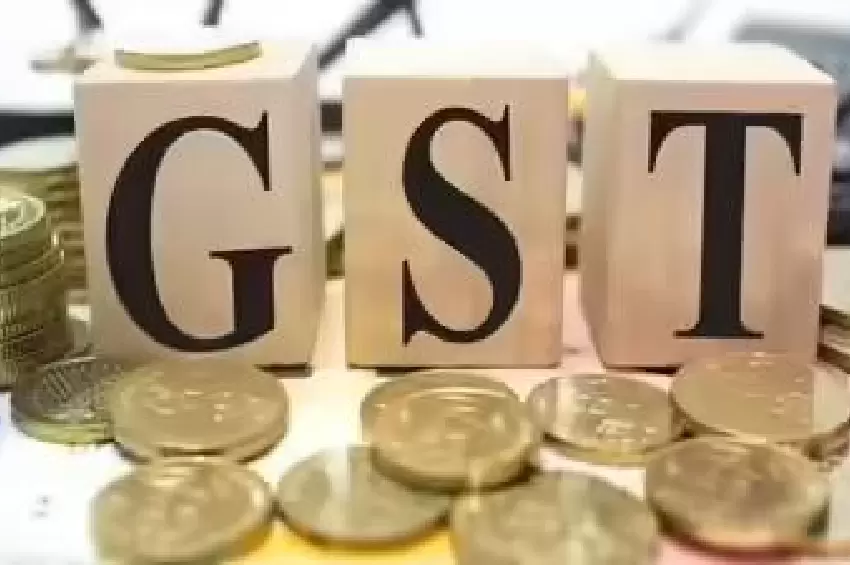India's Path to Macroeconomic Stability
The Government of India is firmly on the path to achieving long-term macroeconomic stability, as highlighted by a recent review of the Fiscal Responsibility and Budget Management (FRBM) Act by the Comptroller and Auditor General (CAG). The pace of government debt accumulation has seen a notable decrease over the past five years, marking a significant step towards fiscal health.

Debt and Fiscal Deficit Projections
The Union government's debt has declined from 61.38% of GDP in 2020-21 to 57% of GDP by March 2024. In its medium-term fiscal policy statement, the government has projected to limit the fiscal deficit to below 4.5% of GDP by 2025-26, adhering to the FRBM framework's mandates for ensuring long-term macroeconomic stability.
Debt Sustainability and Fiscal Health
The CAG's analysis over a five-year period (2019-2024) reveals a consistent decline in central government debt as a percentage of GDP, reaching 57% by the end of March 2024. The auditor also noted a positive debt stabilisation indicator in 2023-24, signaling towards stability. However, the interest payments to revenue receipts ratio, an important fiscal health indicator, saw fluctuations, peaking at 38.66% in 2020-21.









Comments